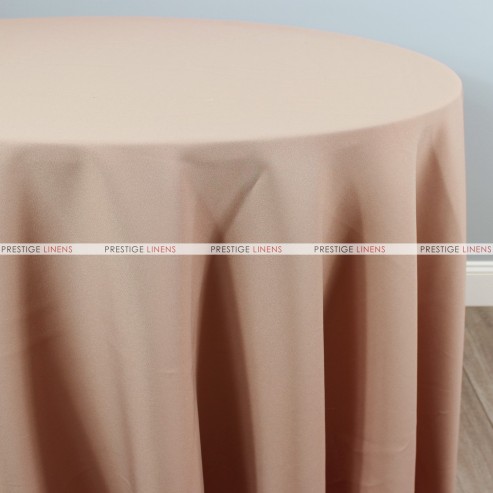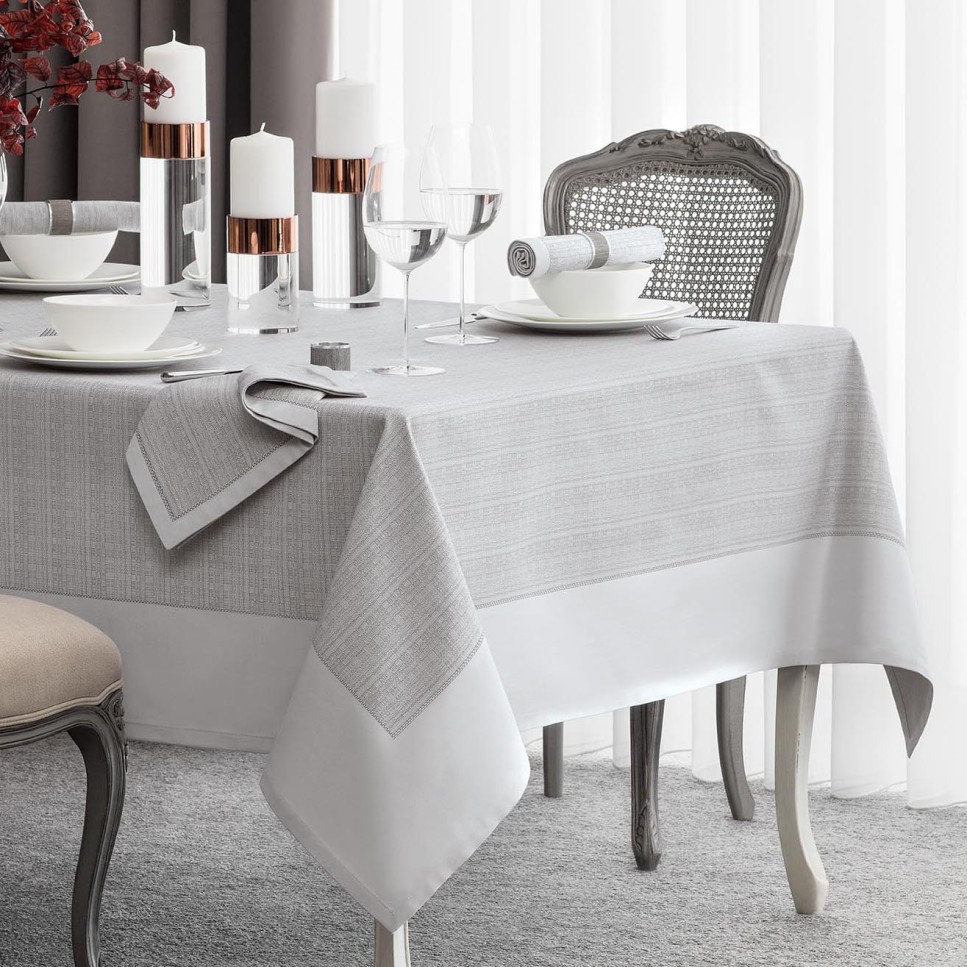Lovely Table Cloths: Boost Your Dining-room Decoration
Lovely Table Cloths: Boost Your Dining-room Decoration
Blog Article
Linen Material Technologies: Exploring Modern Trends and Creative Applications in Style and Fabric Sector
From sustainable production methods to cutting-edge weaving modern technologies, the advancement of linen is reshaping the landscape of the fabric sector. As we dig into the realms of creative design applications and the emergence of bed linen blends and crossbreed materials, a new chapter unravels in which bed linen's function in future textile developments takes center phase.
Lasting Practices in Bed Linen Manufacturing
Lasting techniques in linen production have actually become increasingly critical in the fabric industry's initiatives to lessen environmental influence and advertise honest sourcing methods. Bed linen, a natural fiber stemmed from the flax plant, provides a series of benefits such as breathability, toughness, and biodegradability. Nevertheless, traditional techniques of bed linen manufacturing can involve significant water usage, chemical use, and energy-intensive procedures.
To resolve these challenges, lots of textile makers are taking on sustainable techniques throughout the bed linen manufacturing process. This includes sourcing flax from natural ranches that stay clear of unsafe pesticides and chemicals, executing water-efficient retting techniques to remove fibers from the flax stalks, and making use of environment-friendly dyes and finishes. Furthermore, some companies are spending in renewable resource resources to power their production facilities and minimizing waste through recycling and upcycling initiatives.
Technical Innovations in Bed Linen Weaving
With the expanding emphasis on sustainable techniques in linen production, the fabric sector is currently seeing a rise in technological developments especially aimed at reinventing the art of linen weaving. These innovations are reshaping the method bed linen textiles are produced, providing boosted performance, high quality, and creative thinking in weaving strategies.
Among the key technological developments in linen weaving is the combination of electronic looms. These sophisticated looms are equipped with software that permits detailed and intricate designs to be woven with precision. By digitizing the weaving process, producers can accomplish greater uniformity and precision in their linen materials.
Moreover, improvements in yarn spinning technology have made it possible for the manufacturing of finer and more resilient linen yarns - table cloths. This results in softer and smoother bed linen materials that keep their quality also after numerous uses and washes
In addition, the growth of eco-friendly dyeing procedures and coatings for linen fabrics is obtaining traction. These lasting methods not only lower the ecological influence however also satisfy the enhancing consumer need for fairly generated fabrics.
Creative Design Applications for Linen
Cutting-edge creative strategies are increasingly forming the imaginative design applications for linen in the fabric market. Linen's natural aesthetic allure and ability to mix with various other materials make it a favored choice for producing unique garments and devices that cater to the ecologically aware customer.
Moreover, designers are trying out with linen in home design, using its breathable and durable nature to craft trendy home furnishings such as drapes, bedding, and upholstery. The texture and drape of linen bring a sense of sophistication and comfort to indoor spaces, adding a touch of beauty to contemporary homes.

Bed Linen Blends and Crossbreed Fabrics

Hybrid textiles, on the other hand, take the concept of blending an action better by including extra components such as metallic threads, recycled products, or conductive fibers. These innovative fabrics not just increase the design opportunities yet additionally present practical elements like conductivity, antimicrobial homes, or improved sturdiness. Hybrid materials are significantly being utilized in various markets, consisting of fashion, interior decoration, and technological textiles, where the need for multifunctional products gets on the rise.
Bed linen's Role in Future Textile Innovations
:max_bytes(150000):strip_icc()/Bonnie-Phil_24-a9b5c05b6b684ff4a67f4c4b36cc9404.jpg)
In the world of future textile developments, bed linen is anticipated to be a vital gamer in the growth of advanced functional fabrics. Researchers and designers are discovering ways to enhance linen's inherent qualities through technological developments, such as integrating wise textiles, nanotechnology, and performance finishes. These technologies aim to boost linen's efficiency characteristics, making it appropriate for a wider variety of applications, from activewear to protective clothes.
Moreover, the mix of linen with other natural or synthetic fibers opens up unlimited possibilities for creating novel textiles with one-of-a-kind properties and functionalities. By leveraging bed linen's qualities and checking out innovative blends, the fabric sector is poised to introduce amazing growths that deal with developing consumer requirements and sustainability demands.
Verdict
Finally, the exploration of lasting practices, technical improvements, creative layout applications, linen blends, and its role in future fabric developments highlight the continuous advancement of linen fabric in the contemporary design and fabric market. With an emphasis on advancement and creativity, the convenience and environment-friendly nature of linen make it a useful material for suppliers and designers alike, leading the way for more advancements and innovations in the field of fabrics.
As we delve right into the realms of innovative design applications and the introduction of bed linen blends and hybrid materials, a Homepage brand-new chapter unravels in which linen's function in future fabric developments takes facility stage.
Checking out the blend of linen with various other textiles has led to the introduction of innovative blends and hybrid textiles in the contemporary fabric market. Bed linen blends provide an unique mix of the features of linen with those of other fibers, resulting in textiles that have enhanced buildings such as increased toughness, improved draping, and minimized wrinkling.The advancement of bed linen blends and crossbreed fabrics has actually established the stage for Bed linen to play an essential role in driving future fabric advancements.In the realm of future fabric innovations, why not find out more linen is expected to be a crucial gamer in the growth of innovative functional fabrics.
Report this page